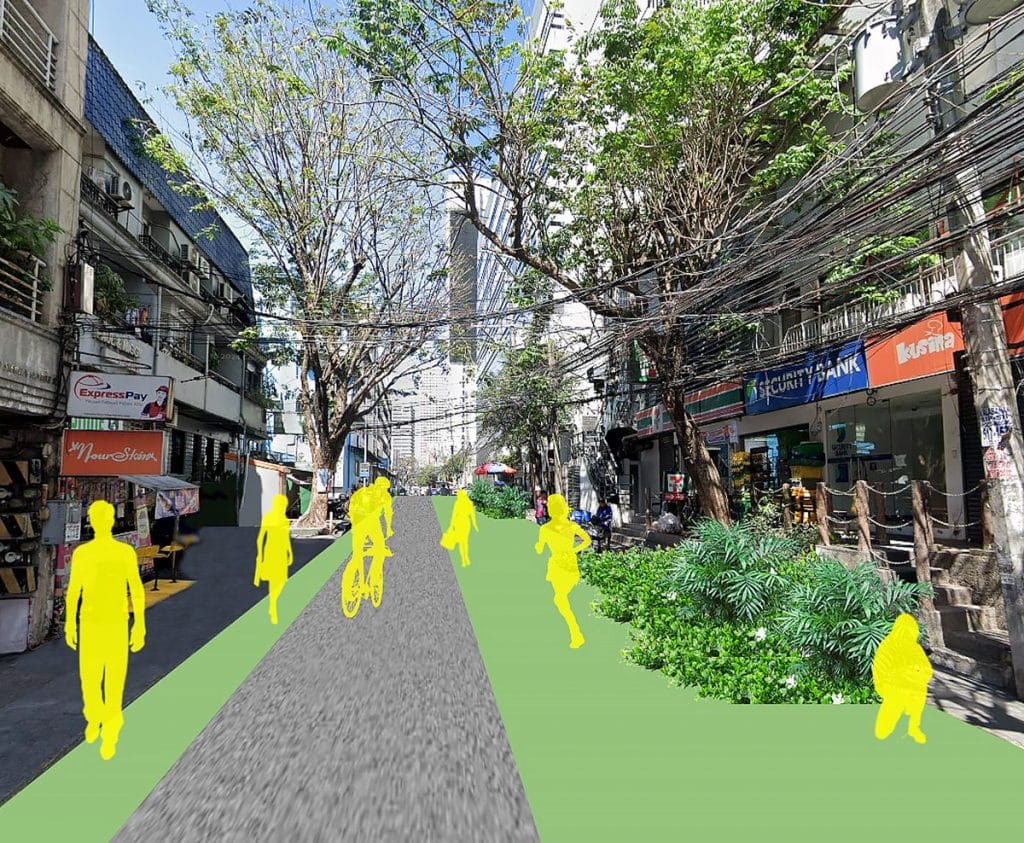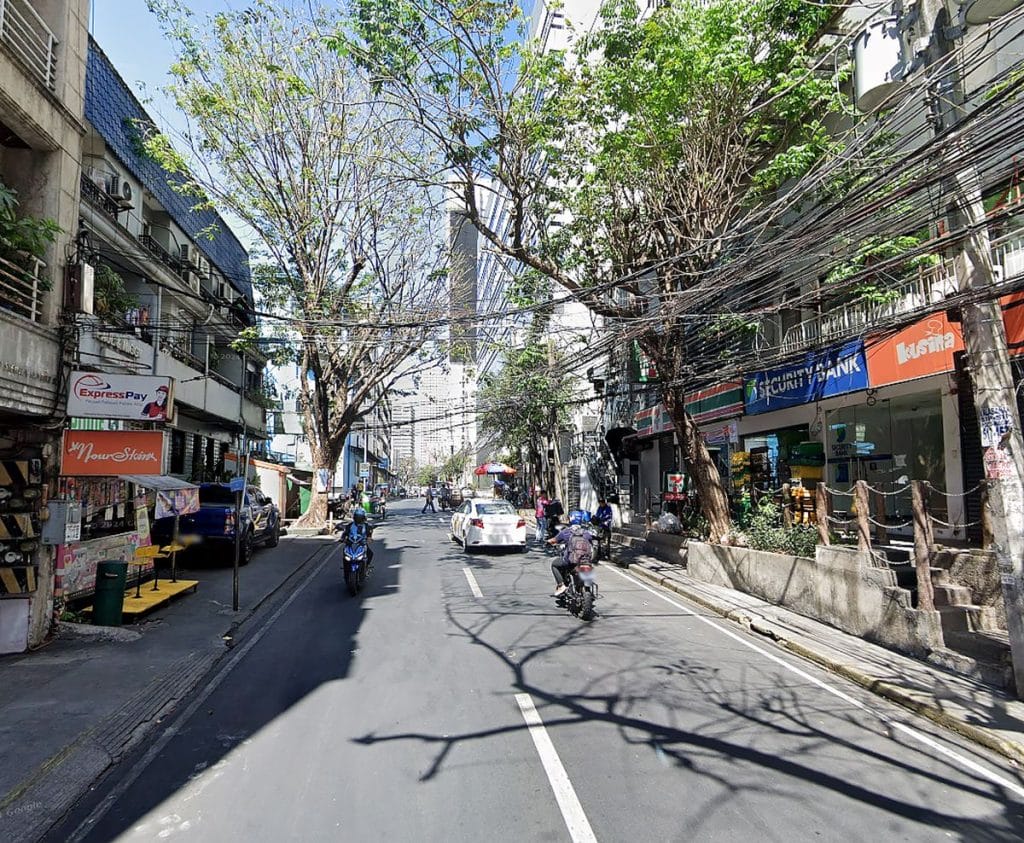Sustainability and Eco-consciousness have long been linked with the idea of integrating plants into the design of cities. While this is an integral part of sustainability, it is only a part. The core idea is to sustain our daily activities and lifestyles efficiently using our limited resources. A Euclidean type of planning, which refers to a zoning system where areas are dedicated to specific functions such as residential or commercial, may not be suitable for achieving sustainable cities. We must consider that Filipino Culture has always been flexible, as most of our dwellings are multi-generational, multi-functional spaces.
The Arquitectura Mestiza, the resulting architecture from our experience with colonial Spain through the Bahay na Bato, stands as a testament to the success of mixed-use buildings. Having businesses on the streetside and living units above created vibrant streets where eyes are everywhere while maintaining privacy above. This urban design model holds promise and inspires us to envision a future of sustainable urban living.

The humble bahay kubo, with its different versions throughout the various regions, has practiced embracing what nature can offer and using it as leverage. There were ample opportunities to ventilate spaces through gaps and windows. The floor is raised above the ground to avoid excessive moisture. Most of all, they were multi-use spaces where people slept, dined, and lived. This is not to promote the single-room houses but to encourage that available spaces can be what the community needs and could quickly transform depending on them.
Our lifestyles significantly impact urban planning. As the inhabitants and users of cities, city planning should be in the people’s best interests. This includes improved transportation lines, interconnectivity, traffic-prioritized streets and zones, peri-urban spaces, and recovery of underutilized spaces. These should be the urgent goals our cities need to achieve to fully embrace a sustainable city.

Efficient transportation is crucial in enhancing our quality of life and reducing our environmental footprint. Suppose that our average speed on our streets is 20kph. Traveling at least one hour per way to our workplaces would mean that our houses are, on average, 20 kilometers away. If the affordable real estate is around 20 km away, there should be an easier, more convenient, and faster means of transport. Moreover, if more people have similar situations, there is a great need for a high-capacity, dedicated, fast-moving mode of transport with a low turnaround rate. Reducing time in transit gives us more time to do something else, increasing overall happiness. Who wants to line up longer than the actual travel time or use at least three different types of transportation to get to their destinations? What if we travel below 20 minutes each way? What would we do with the time saved?
Fun facts: Central Paris is around 10 km in diameter, central Milan is around 6km in diameter, central Singapore is around 8 km end to end, and Quezon City memorial circle to Makati or Intramuros is also 10 km.
(To be continued)
